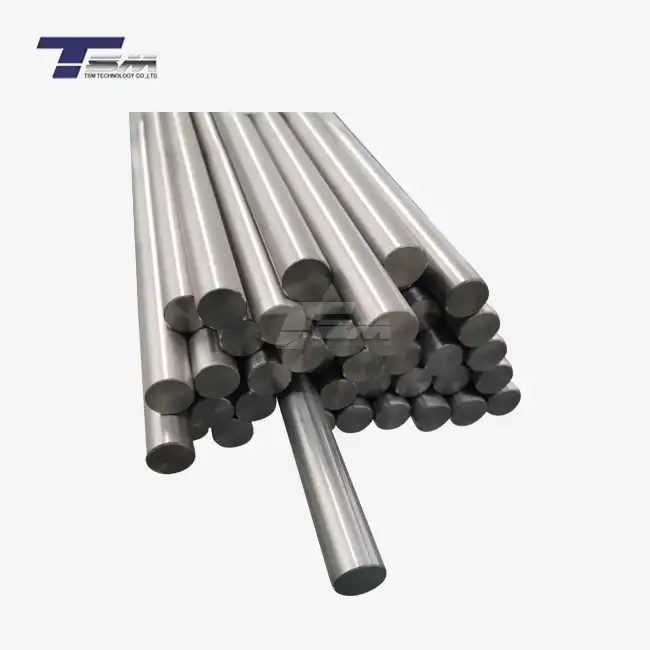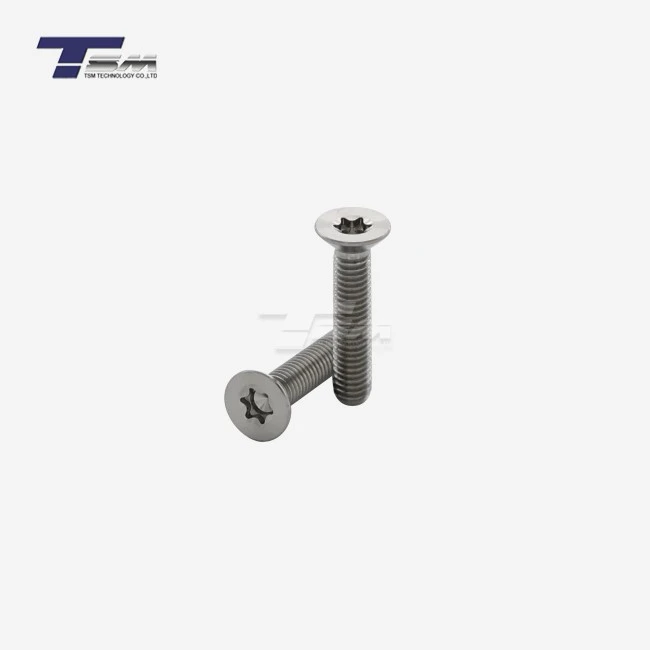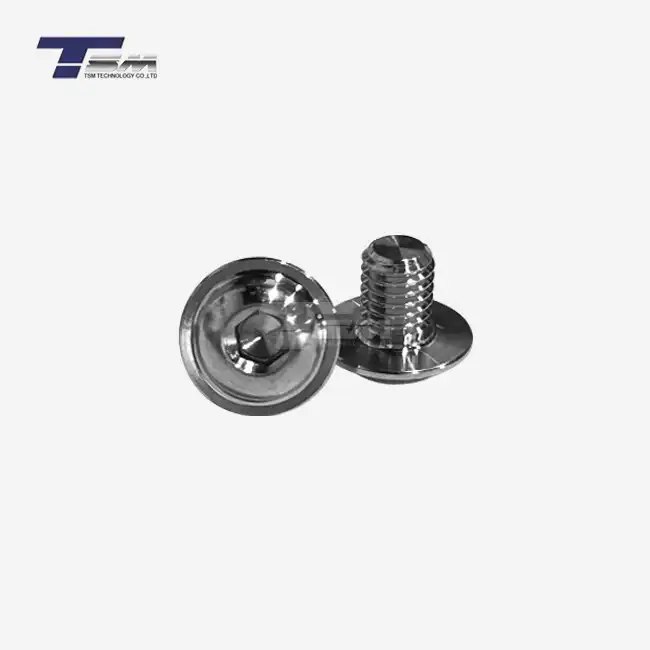- English
- French
- German
- Portuguese
- Spanish
- Russian
- Japanese
- Korean
- Arabic
- Greek
- German
- Turkish
- Italian
- Danish
- Romanian
- Indonesian
- Czech
- Afrikaans
- Swedish
- Polish
- Basque
- Catalan
- Esperanto
- Hindi
- Lao
- Albanian
- Amharic
- Armenian
- Azerbaijani
- Belarusian
- Bengali
- Bosnian
- Bulgarian
- Cebuano
- Chichewa
- Corsican
- Croatian
- Dutch
- Estonian
- Filipino
- Finnish
- Frisian
- Galician
- Georgian
- Gujarati
- Haitian
- Hausa
- Hawaiian
- Hebrew
- Hmong
- Hungarian
- Icelandic
- Igbo
- Javanese
- Kannada
- Kazakh
- Khmer
- Kurdish
- Kyrgyz
- Latin
- Latvian
- Lithuanian
- Luxembou..
- Macedonian
- Malagasy
- Malay
- Malayalam
- Maltese
- Maori
- Marathi
- Mongolian
- Burmese
- Nepali
- Norwegian
- Pashto
- Persian
- Punjabi
- Serbian
- Sesotho
- Sinhala
- Slovak
- Slovenian
- Somali
- Samoan
- Scots Gaelic
- Shona
- Sindhi
- Sundanese
- Swahili
- Tajik
- Tamil
- Telugu
- Thai
- Ukrainian
- Urdu
- Uzbek
- Vietnamese
- Welsh
- Xhosa
- Yiddish
- Yoruba
- Zulu
Techniques for Evaluating Grain Structure in Alloys
Evaluating grain structure in alloys is a critical process in materials science and engineering. It involves analyzing the size, shape, and orientation of individual grains within a metal or alloy. This assessment is crucial for understanding and predicting the material's mechanical properties, such as strength, ductility, and corrosion resistance. Various techniques are employed to examine grain structure, ranging from traditional metallographic methods to advanced microscopy and diffraction techniques. These methods allow researchers and engineers to gain valuable insights into the microstructure of alloys, enabling them to optimize manufacturing processes and develop materials with enhanced performance characteristics for diverse applications in industries such as aerospace, automotive, and energy production.
Optical Microscopy: A Foundation for Grain Structure Analysis
Sample Preparation Techniques
Before delving into the intricacies of optical microscopy, it's essential to understand the importance of proper sample preparation. This process involves several steps, including cutting, mounting, grinding, polishing, and etching. Each stage plays a crucial role in revealing the true grain structure of the alloy.

Cutting the sample requires precision to avoid altering the microstructure. Mounting helps in handling small or irregularly shaped samples. Grinding and polishing progressively remove surface irregularities and scratches, creating a smooth surface for examination. The final step, etching, is particularly critical as it selectively attacks grain boundaries and different phases, making them visible under the microscope.
Illumination Techniques in Optical Microscopy
Optical microscopy relies on various illumination techniques to enhance the visibility of grain structures. Bright-field illumination is the most common method, where light is reflected from the sample surface. Dark-field illumination, on the other hand, only captures scattered light, highlighting features like grain boundaries.
Polarized light microscopy is particularly useful for analyzing materials with anisotropic properties. It can reveal information about grain orientation and internal stresses within the alloy. Differential interference contrast (DIC) microscopy is another powerful technique that enhances the contrast of surface features, making subtle variations in grain structure more apparent.
Quantitative Analysis of Grain Size
While visual inspection provides valuable qualitative information, quantitative analysis is often necessary for precise characterization of grain structure. The ASTM E112 standard outlines several methods for determining average grain size, including the comparison method, planimetric method, and intercept method.
The comparison method involves comparing the observed structure with standard reference images. The planimetric method requires counting the number of grains within a defined area. The intercept method, which is widely used, involves counting the number of grain boundaries intersected by one or more test lines. These quantitative approaches enable researchers to objectively compare different alloys or processing conditions.
Advanced Microscopy Techniques for Detailed Grain Analysis
Scanning Electron Microscopy (SEM) and Electron Backscatter Diffraction (EBSD)
Scanning Electron Microscopy (SEM) offers significantly higher magnification and depth of field compared to optical microscopy, allowing for detailed examination of grain morphology and surface topography. When combined with Electron Backscatter Diffraction (EBSD), SEM becomes a powerful tool for analyzing the crystallographic orientation of grains.
EBSD provides information about grain orientation, texture, and phase identification. It works by analyzing the diffraction patterns produced when a stationary electron beam interacts with a tilted crystalline sample. This technique can generate orientation maps, revealing the spatial distribution of grain orientations across the sample surface.
Transmission Electron Microscopy (TEM) for Nanoscale Analysis
Transmission Electron Microscopy (TEM) takes grain structure analysis to the nanoscale. It allows for direct imaging of crystal lattices and defects within grains. TEM is particularly useful for studying fine-grained materials, nanocrystalline alloys, and complex microstructures that are beyond the resolution limits of other techniques.
In TEM, electrons pass through an ultra-thin sample, interacting with the material's atomic structure. This interaction produces a variety of signals that can be used to form images or diffraction patterns. High-resolution TEM (HRTEM) can even resolve individual atomic columns, providing unprecedented insights into grain boundary structure and intragranular defects.
Atom Probe Tomography (APT) for 3D Atomic-Scale Imaging
Atom Probe Tomography (APT) represents the cutting edge of grain structure analysis, offering three-dimensional atomic-scale imaging and chemical composition mapping. This technique involves field evaporating atoms from a needle-shaped specimen and detecting them with a position-sensitive detector.
APT is particularly valuable for studying nanoscale segregation at grain boundaries, precipitation within grains, and other fine-scale compositional variations that can significantly influence alloy properties. It provides a unique combination of high spatial resolution and chemical sensitivity, making it an indispensable tool for advanced alloy development and characterization.
Diffraction-Based Techniques for Bulk Analysis
X-ray Diffraction (XRD) for Phase Identification and Texture Analysis
X-ray Diffraction (XRD) is a versatile technique for analyzing the crystal structure and phase composition of alloys. It works by measuring the intensity of X-rays scattered by the atoms in a crystal lattice. The resulting diffraction pattern provides information about the crystal structure, lattice parameters, and phase composition of the material.
In the context of grain structure evaluation, XRD is particularly useful for texture analysis. Texture refers to the preferred orientation of grains in a polycrystalline material, which can significantly influence its mechanical properties. By analyzing the relative intensities of diffraction peaks, researchers can determine the degree and nature of texture in an alloy.
Neutron Diffraction for Bulk Texture Analysis
Neutron diffraction offers several advantages over X-ray diffraction for bulk texture analysis. Neutrons can penetrate much deeper into materials, allowing for the examination of larger sample volumes. This makes neutron diffraction particularly suitable for studying texture in thick samples or situ during processing.
Moreover, neutrons interact with atomic nuclei rather than electron clouds, making them sensitive to light elements and capable of distinguishing between elements with similar atomic numbers. This property is especially valuable when analyzing alloys containing elements with similar X-ray scattering factors.
Synchrotron-Based Techniques for High-Resolution Studies
Synchrotron radiation sources provide extremely bright, tunable X-rays that enable high-resolution, time-resolved studies of grain structure evolution. Techniques such as 3D X-ray diffraction microscopy (3DXRD) and diffraction contrast tomography (DCT) allow for non-destructive, three-dimensional mapping of grain structures in bulk materials.
These advanced techniques can track the growth and reorientation of individual grains during thermal or mechanical processing, providing unprecedented insights into microstructure evolution. Such information is crucial for developing and validating models of grain growth, recrystallization, and phase transformations in alloys.
Conclusion
The evaluation of grain structure in alloys is a multifaceted endeavor that relies on a diverse array of techniques, each offering unique insights into material microstructure. From the foundational approach of optical microscopy to cutting-edge methods like atom probe tomography, these techniques collectively provide a comprehensive understanding of grain characteristics across multiple length scales. As alloy development continues to push the boundaries of material performance, the importance of advanced grain structure analysis cannot be overstated. By leveraging these powerful analytical tools, researchers and engineers can continue to innovate, developing alloys with tailored properties to meet the ever-growing demands of modern technology and industry.
Contact Us
For more information on superior nickel alloys and special metals, including Monel, Inconel, Incoloy, and Hastelloy, please contact TSM TECHNOLOGY at info@tsmnialloy.com. Our team of experts is ready to assist you with your precision engineering and machining needs.
References
Smith, A. K., & Johnson, B. L. (2019). Advanced Techniques in Metallography for Alloy Characterization. Journal of Materials Science, 54(15), 10201-10220.
Chen, X., & Liu, Y. (2020). Electron Backscatter Diffraction: Principles and Applications in Materials Science. Materials Today, 23(3), 256-275.
Thompson, K., et al. (2018). Atom Probe Tomography: A Comprehensive Review. Progress in Materials Science, 95, 1-43.
Williams, D. B., & Carter, C. B. (2009). Transmission Electron Microscopy: A Textbook for Materials Science. Springer Science & Business Media.
Wenk, H. R., & Van Houtte, P. (2004). Texture and Anisotropy. Reports on Progress in Physics, 67(8), 1367.
Poulsen, H. F. (2004). Three-Dimensional X-Ray Diffraction Microscopy: Mapping Polycrystals and their Dynamics. Springer Science & Business Media.
Learn about our latest products and discounts through SMS or email



